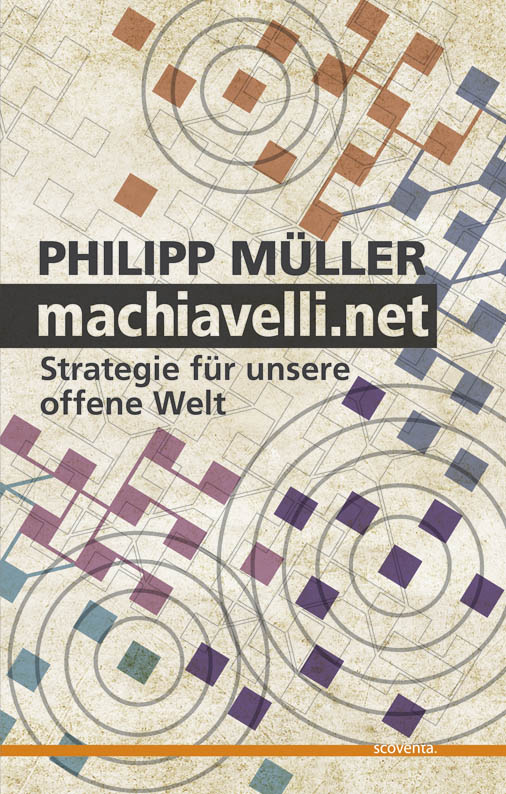Radical Transparency as “the” Management Approach
In business, government, and civil society, radical transparency has become the management flavor of the day. This has happened so swiftly that the theory has not caught up with the practice. Fundamental texts we point to are Wired Magazine from April 2007, maybe Chris Anderson’s blog from November/December 2006. But is that enough for such a transformative doctrine?
Radical transparency is a management approach in which (ideally) all decision making is carried out publicly. Draft documents, arguments for and against a proposal, the decisions about the decision making process itself, and final decisions are all publicly accessible and remain publicly archived (Wikipedia).
Why was the concept mainstreamed so quickly? How big will its impact be on our worlds (think Vivek Kundra’s Open Government Initiative, etc.)? How are radical transparency strategies implemented? What is the short, medium, and long-term payoff of implementing radical transparency strategies? How can we quantify the increased legitimacy derived from being radically transparent?
I asked in this blog in September 2006,
Why is the concept of transparency so fashionable today (and not 20, 200, or 2,000 years ago)? Is it really democratization that is driving this trend or are there other conceptual transformations that lead us to put such an emphasis on the concept? If technology is part of why our world is transforming today, what is the relationship between technology and transparency and how do they interact as they transform our societies?
I argued that in (post-democratic) network society, where anybody can join or leave at any time, transparency and consensual decision making (rough consensus and running code) takes the role of democratic governance as we have come to know it.
The first metaphorical or abstract use of transparency in a human context is found in Shakespeare’s Midsummer Night’s Dream almost 2,000 years after the start of democratic theorizing: Transparent Helena, nature shewes art, That through thy bosome makes me see thy heart. And it took another 400 years until the concept was used to describe a fundamental principle of how social and political life should be structured. In the new network society, however, it becomes essential: a member might want to understand how a specific decision was reached to assure that the principle of consensus was not violated and why a specific standard was set in the way that it was. That is where transparency (and its little sister documentation) comes in, and explains why it has become so very fashionable in the last few years.
So radical transparency is really a “second-best” solution in a world where we miss democratic accountability?
 Author of machiavelli.net, proud father of three, interested in shaping network society. Welcome to my blog.
Author of machiavelli.net, proud father of three, interested in shaping network society. Welcome to my blog.
I don’t think it’s the “second-best” solution, but rather something we consider a one-size-fits all approach, while we sometimes make the mistake and forget that radical transparency works only in environments that are already prone to be transparent in the first place. That’s also why most of the modern governance frameworks we ponder about are derived from such environments as the open source software community, these are highly transparent, collaborative and democratic microcosms, whereas the evironments we WISH would employ radical transparency would quickly get into lots of trouble, such as national security (do we want those torture memos on the web?) or corporate decision making (do you really want to know why you were fired?) etc… I think radical transparency is too often a stretch goal, and as such it’s not too shabby I’d say, yet it’s implementation is where we should work on. if we can achieve more democractic accountability with only half the transparency we aim at, we might not even need the radical version of it. transparency can’t be an end in itself, it’s a means. if we confuse the two, we end up focusing on creating more and more transparency without gaining the ability to do reach something with it.
I don’t think it’s the “second-best” solution, but rather something we consider a one-size-fits all approach, while we sometimes make the mistake and forget that radical transparency works only in environments that are already prone to be transparent in the first place. That’s also why most of the modern governance frameworks we ponder about are derived from such environments as the open source software community, these are highly transparent, collaborative and democratic microcosms, whereas the evironments we WISH would employ radical transparency would quickly get into lots of trouble, such as national security (do we want those torture memos on the web?) or corporate decision making (do you really want to know why you were fired?) etc… I think radical transparency is too often a stretch goal, and as such it’s not too shabby I’d say, yet it’s implementation is where we should work on. if we can achieve more democractic accountability with only half the transparency we aim at, we might not even need the radical version of it. transparency can’t be an end in itself, it’s a means. if we confuse the two, we end up focusing on creating more and more transparency without gaining the ability to do reach something with it.
Yes, Sebastian, the one size fits all thinking is the problem. We should ask: Under what circumstances does this mode of governance yield better results than in any other mode.
Yes, Sebastian, the one size fits all thinking is the problem. We should ask: Under what circumstances does this mode of governance yield better results than in any other mode.